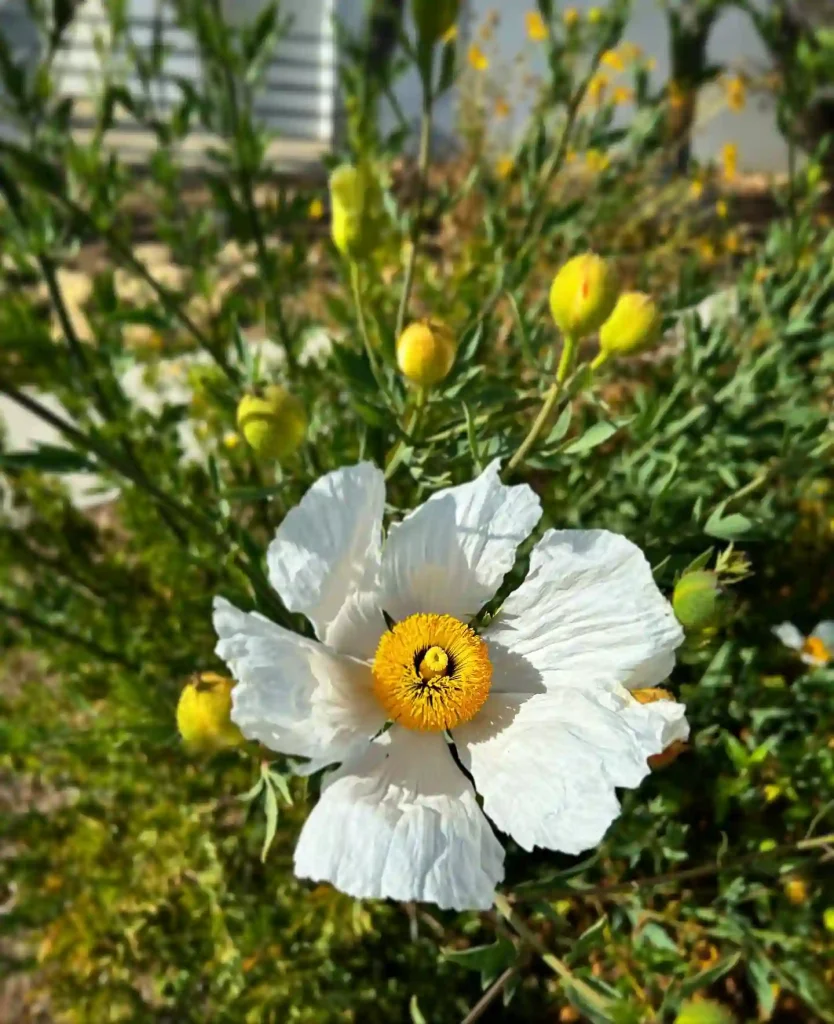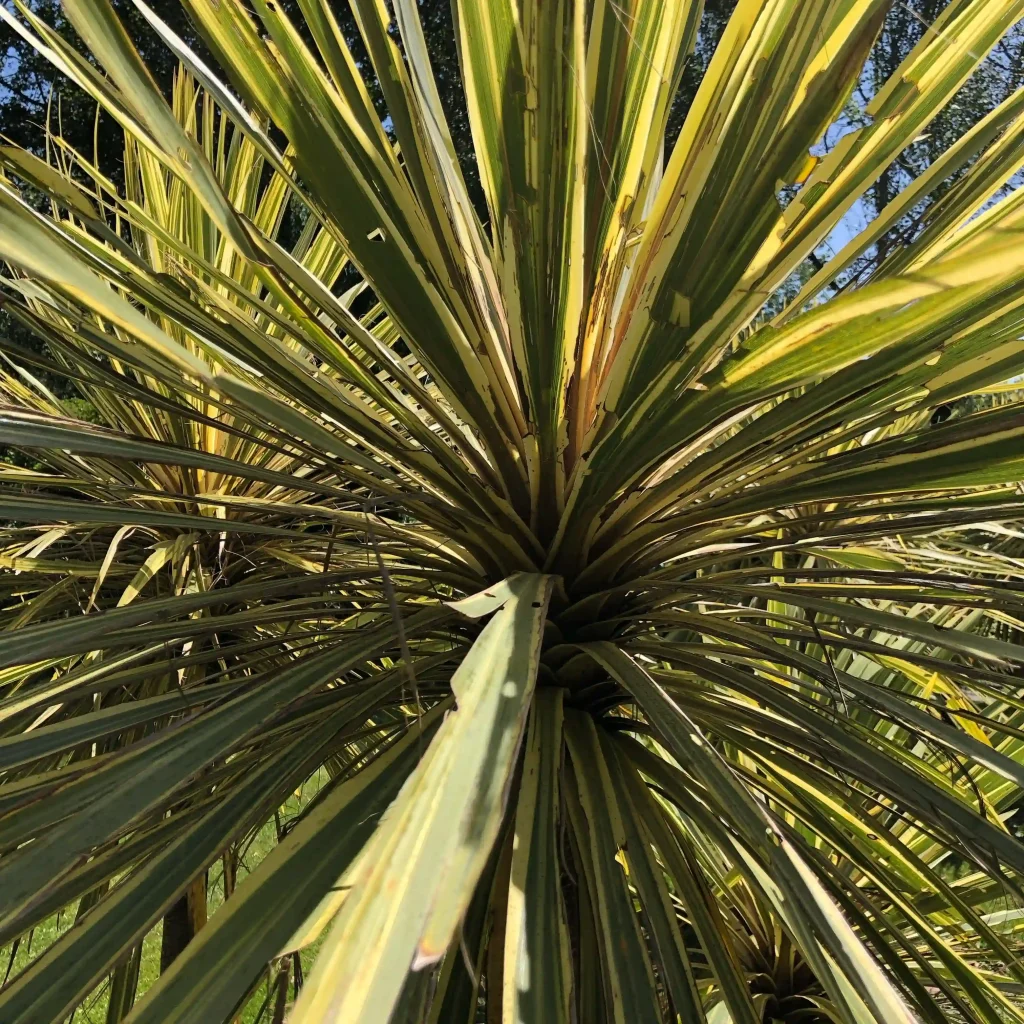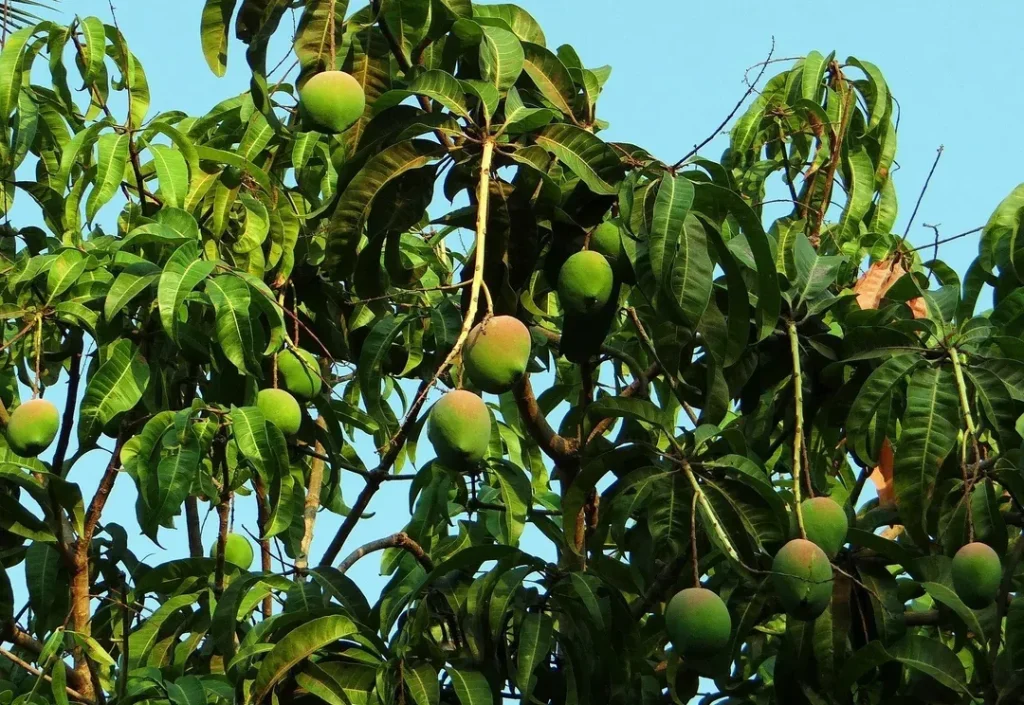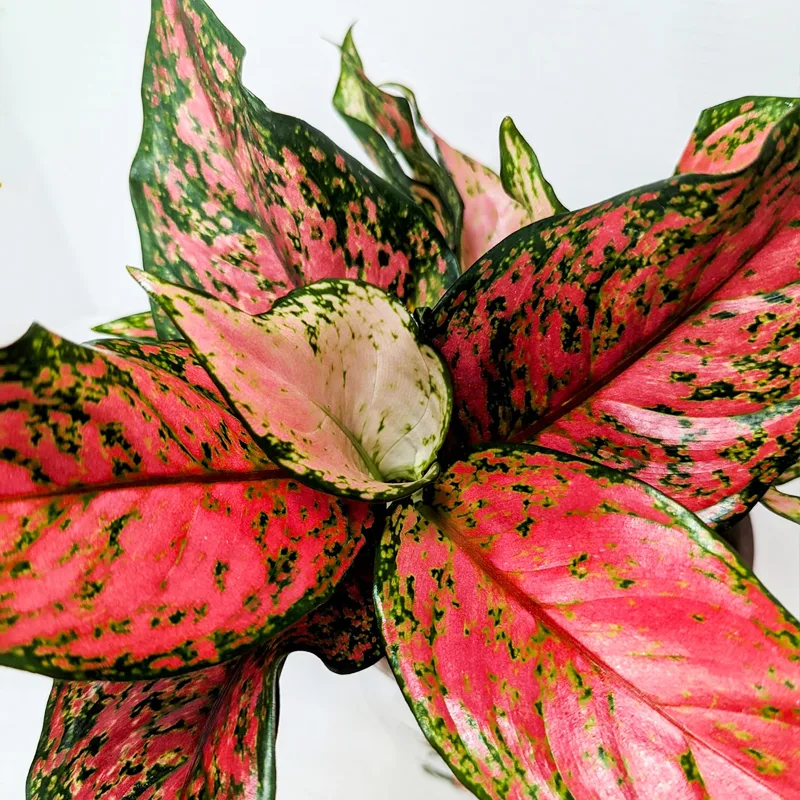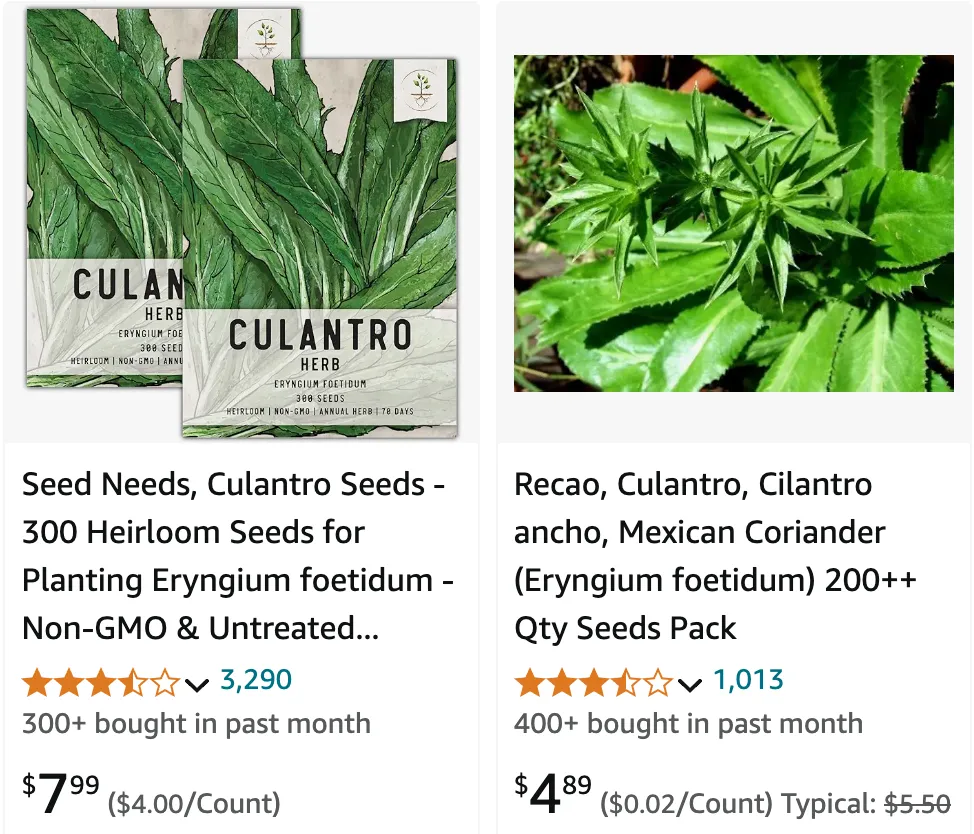
FAQs About Ngo Gai Herb
As someone who has spent considerable time exploring the world of herbs, I’ve found myself particularly drawn to the Ngo Gai Herb. This herb holds a special place in Vietnamese cuisine and has fascinated me with its unique flavor, versatility, and numerous uses. Below, I’ll answer some common questions I often get about this remarkable plant.
253 Species in Genus Eryngium – Sea Holly
What is Ngo Gai Herb?
Ngo Gai Herb, also known as Culantro (Eryngium Foetidum), is a perennial herb commonly used in Vietnamese cuisine. Unlike its more well-known cousin, cilantro, Ngo Gai has long, serrated leaves that emit a strong, pungent aroma. The flavor is bolder than cilantro, with a deeper, more robust profile that can transform a dish with just a few leaves.
What Are the Common Names for Eryngium Foetidum?
Eryngium Foetidum goes by several common names depending on the region. In addition to Ngo Gai and Culantro, it’s also known as Mexican coriander, long coriander, and shadow beni. Each of these names reflects the herb’s widespread use across various cuisines and cultures.
How Do I Grow Eryngium Foetidum?
Growing Eryngium Foetidum is relatively straightforward, making it a great choice for both novice and experienced gardeners. This herb thrives in warm, humid conditions and prefers well-draining soil rich in organic matter. To start, plant Eryngium Foetidum seeds in a sunny spot, but ensure some partial shade during the hottest parts of the day to prevent leaf scorching. Regular watering is crucial, especially during dry spells, as the plant needs consistently moist soil.
I’ve found that starting seeds indoors and transplanting them once they’re strong enough is a good strategy. Keep the soil moist but not waterlogged, and the seeds should germinate within two to three weeks. Once established, culantro is a hardy plant that requires minimal care. Eryngium Foetidum cultivation is quite rewarding, as it not only produces an abundance of leaves but also self-seeds, ensuring a continuous supply of fresh herbs.
How Do I Care for Ngo Gai Herb?
Caring for Ngo Gai Herb involves regular watering, occasional feeding with a balanced fertilizer, and protecting it from pests like aphids and spider mites. The plant appreciates slightly acidic to neutral soil, with a pH of around 6.0 to 7.0. Although it’s a tropical herb, Eryngium Foetidum can tolerate cooler temperatures, though it will slow down in growth during colder months.
In my experience, mulching around the base of the plant helps retain moisture and suppress weeds. Be mindful of overwatering, as culantro doesn’t like soggy soil, which can lead to root rot. Pruning the flower stalks—often referred to as Eryngium Foetidum flower—is essential to prolong leaf production, as the plant tends to focus energy on flowering rather than foliage once it starts to bloom.
What Are the Medicinal Uses of Eryngium Foetidum?
Ngo Gai Herb isn’t just a culinary staple; it also boasts a range of medicinal uses. Traditional medicine often utilizes Eryngium Foetidum for its anti-inflammatory, analgesic, and antimicrobial properties. It’s commonly used to treat ailments such as headaches, fevers, and digestive issues. The herb is rich in essential oils, which contribute to its health benefits, making it a popular choice for natural remedies.
I’ve personally used Ngo Gai in herbal teas to help with digestion after heavy meals. The Eryngium Foetidum medicinal uses are vast, and its effectiveness in treating various ailments makes it a valuable addition to any herb garden.
How Do I Propagate Eryngium Foetidum?
Propagating Eryngium Foetidum can be done through seeds or by division. Seed propagation is the most common method, and as I mentioned earlier, it’s relatively easy to grow from seed. Simply scatter the seeds on the soil surface and lightly cover them with a thin layer of soil.
For those who want a quicker start, you can also divide mature plants. Gently dig up the plant, ensuring you get a good portion of the root system, and separate it into smaller clumps. Replant these clumps in a prepared bed or container, and they should take off without much fuss. In my garden, I’ve had great success with both methods, though dividing mature plants tends to produce faster results.
What Can I Plant with Ngo Gai Herb?
Ngo Gai Herb pairs well with other tropical plants that enjoy similar growing conditions. I often plant it alongside lemongrass, Thai basil, and mint. These companions not only thrive together but also complement each other in the kitchen.
Another great companion is the chili pepper, as both plants enjoy warm, sunny conditions and similar watering needs. The Eryngium Foetidum growing requirements align well with these herbs and vegetables, creating a harmonious garden space that’s as productive as it is beautiful.
Final Thoughts on Eryngium Foetidum
The Ngo Gai Herb, or Eryngium Foetidum, is a versatile and easy-to-grow herb that offers a multitude of culinary and medicinal benefits. Whether you’re looking to add a unique flavor to your dishes or exploring its health benefits, this herb is a must-have in any herb garden. I’ve found it to be a reliable and rewarding plant, providing both an abundance of leaves and a touch of exotic flair to my garden.
If you’re interested in exploring Eryngium Foetidum propagation or simply want to enjoy its robust flavor, I encourage you to give this herb a try. With the right care and attention, Ngo Gai will thrive and become a staple in your kitchen and medicine cabinet.
If i die, water my plants!
